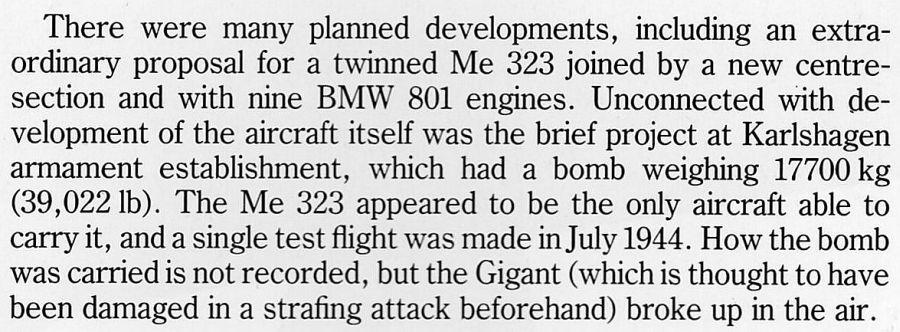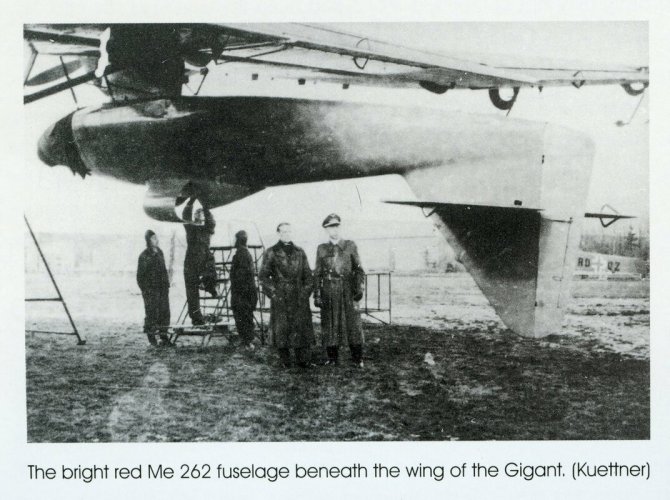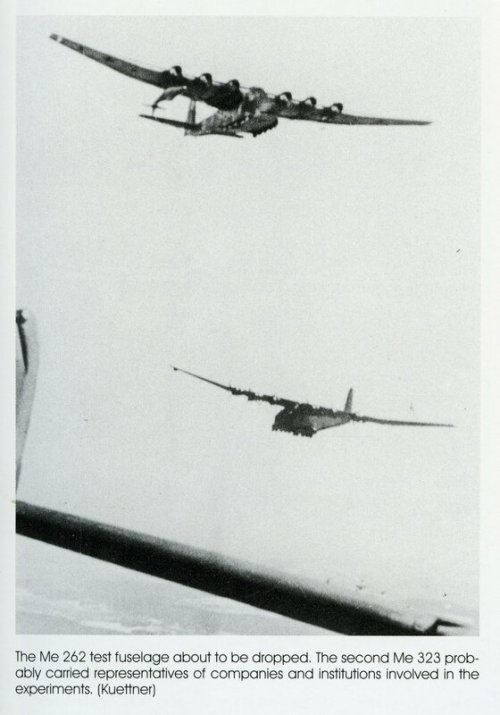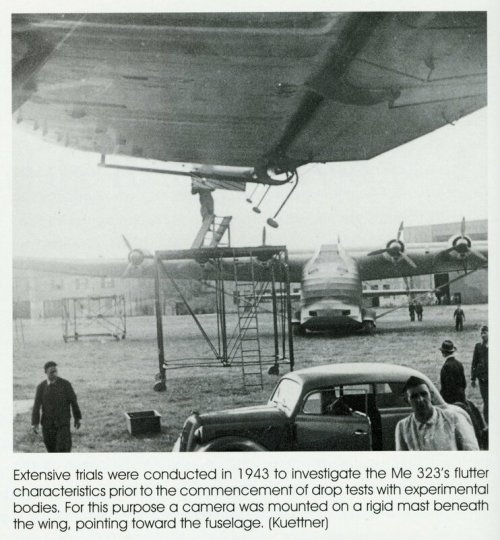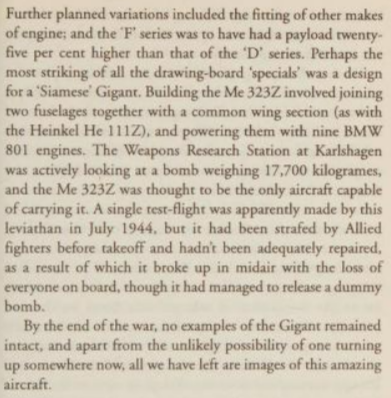Ekrub
ACCESS: Restricted
- Joined
- 28 July 2021
- Messages
- 6
- Reaction score
- 11
Hey everyone,
I've seen numerous forums online discuss a supposed 17.7 ton bomb that was developed and tested by Germany during WW2. They say one was dropped by an Me 323, leading to the accidental destruction of that aircraft during the test. Does anyone have any additional information on the topic? Is it real? Was there a name for it? Does anyone have to have a photo/diagram/sketch of it?
I've seen it said in other forums that it is mentioned in the book: "Hitler's Luftwaffe" (1990) Tony Wood and Bill Gunston. I really don't know much about that though or how extensively or reliably it's covered in there.
This is my first post here (I've been lurking the forums for a few years though). So, please take it easy on me if I screwed something up here. Thanks!
I've seen numerous forums online discuss a supposed 17.7 ton bomb that was developed and tested by Germany during WW2. They say one was dropped by an Me 323, leading to the accidental destruction of that aircraft during the test. Does anyone have any additional information on the topic? Is it real? Was there a name for it? Does anyone have to have a photo/diagram/sketch of it?
I've seen it said in other forums that it is mentioned in the book: "Hitler's Luftwaffe" (1990) Tony Wood and Bill Gunston. I really don't know much about that though or how extensively or reliably it's covered in there.
This is my first post here (I've been lurking the forums for a few years though). So, please take it easy on me if I screwed something up here. Thanks!

